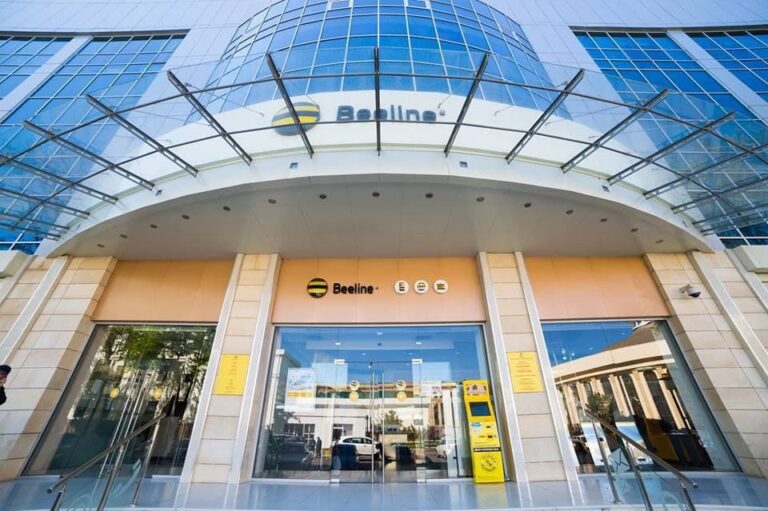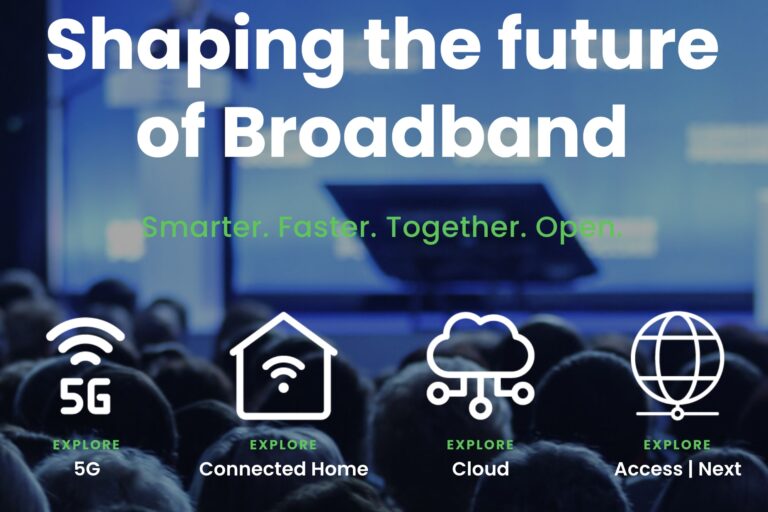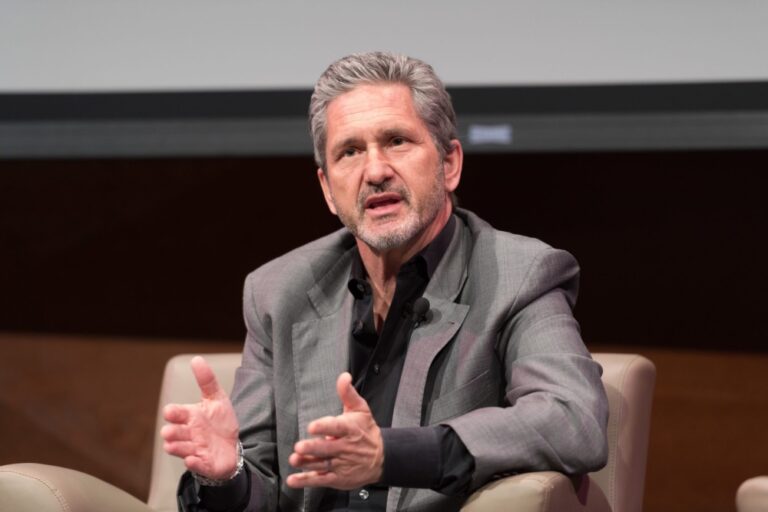2024 is turning out to be the year CPaaS and network APIs finally tie the knot
Global cloud-based Communications Platform as a Service (CPaaS) provider Infobip and Nokia are partnering up to enable the global developer community to leverage both companies’ Application Programmable Interface (API) platforms to build a wider array of telco network powered applications faster for consumer, wholesale and enterprise customers.
The move, which mirrors Ericsson’s Vonage deal but without an acquisition, will provide developers with APIs for integrating Infobip’s real-time omnichannel communications features such as SMS, voice, video, chat apps, and network APIs into their applications. This will now be aligned with Nokia’s Network as Code platform with developer portal which offers developers APIs for tapping into 5G network capabilities like quality of service (QoS) on demand, device location precision and network slicing, as well as 4G capabilities.
Infobip has already been pushing the GSMA Open Gateway initiative as a way to offer a unified network API framework for developers to easily access mobile operator networks, aiming to enhance global connectivity and innovation. “Telecom companies can leverage this initiative by collaborating strategically, nurturing strong developer relationships, and utilising comprehensive CPaaS knowledge,” said Infobip chief business officer Ivan Ostojic earlier this year.
“The initiative enables the development of APIs for various purposes, such as device location and number verification, to foster digital services growth and address challenges like fraud,” he added.
Earlier this year Infobip partnered with three mobile network operators to launch the first CAMARA-compliant network APIs in Brazil – under the GSMA Open Gateway initiative and the company believes its approach enables telcos to easily launch and monetise their emerging services, such as their core network capabilities being exposed through CAMARA APIs.
Veon Gateway deployment
Nokia noticed this too and engaged with Infobip early on to bring its own network API platform to a wider telco audience. In February, Veon announced it was working with Nokia and Infobip to launch its Geolocation Gateway, initially in Uzbekistan, built using the GSMA Open Gateway framework.
Veon’s Gateway allows applications to determine the location of devices. For financial institutions, the Geolocation Gateway will enable them to determine if an individual is actually present during a transaction such as an ATM withdrawal or a credit card payment. For commercial companies, it can create growth opportunities by enabling targeted communications to be sent to participating customers, with their consent, based on proximity to an event, restaurant or shop. Most importantly, for emergency services, the Geolocation Gateway will provide authorities the ability to warn individuals in specific locations about impending natural disasters such as floods, earthquakes or cyclones.
The first implementation of Geolocation Gateway was a commercial use case where an Uzbekistan-based country-wide pizza restaurant chain worked with Beeline Uzbekistan and Veon Adtech, both wholly owned subsidiaries of the V Group, to grow its business through precision-marketing based on the Geolocation Gateway APIs. The solution will be scaled to other digital operators of the Veon Group and is also available for licensing by other mobile operators.
Smoothing the path
The joint work between Infobip and Nokia will offer a simplified developer experience without the burden of navigating the complex underlying network technologies, allowing developers to integrate capabilities into their applications faster, relative to working separately with the two companies’ platforms.
Nokia’s Network as Code platform with developer portal brings together networks from around the world, along with systems integrators and software developers, into a unified ecosystem; using technical standards produced through industry initiatives such as the GSMA Open Gateway initiative and the Linux Foundation CAMARA. Nokia and Infobip contribute to both initiatives.
Infobip’s customer engagement use cases include CAMARA-compliant Number Verify and SIM Swap APIs, which are already live. The firm is also working to bring further use cases to market including Device Location and Quality on Demand APIs, having now signed 12 API collaboration agreements.
Nokia has signed collaboration agreements with 11 network operators and ecosystem partners to use the Network as Code platform with developer portal since its launch in September 2023.
“This agreement with Nokia further demonstrates how Infobip is helping telcos deliver new services and gain new revenue,” said Infobip VP of business development Matija Ražem. “We will continue to build and offer additional CAMARA-compliant APIs worldwide, working closely with our telco partners to expose customer experience friendly APIs to developers It is testament to our global market-leading CPaaS position, strong developer relations and history of strategic telco collaborations.”
“This partnering agreement reflects our ongoing commitment to work closely with the developer community. It is about expanding choice and scale and giving developers a one-stop shop for extracting value from Infobip’s and Nokia’s platforms,” said Nokia head of network monetisation platform, cloud and network services Shkumbin Hamiti.











